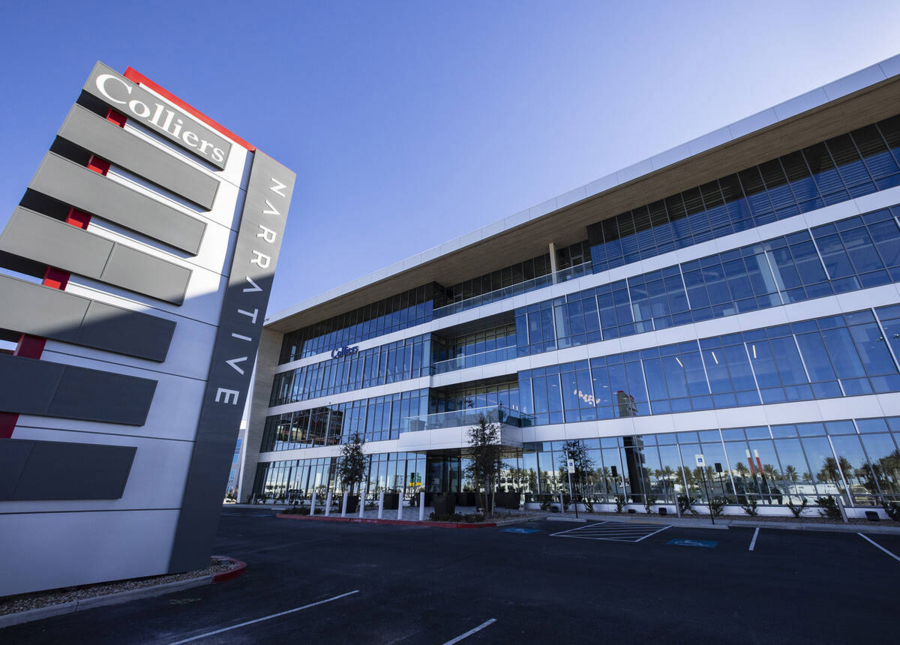Falling commercial-property values are raising solvency risks for potentially hundreds of U.S. banks, according to a new report prepared for the National Bureau of Economic Research.
About 14% of all commercial real estate loans and 44% of loans on office buildings appear to be in “negative equity,” meaning the debt is now greater than the property value. That raises the risk borrowers won’t repay because their stakes are wiped out, according to the report.
The distress “can induce anywhere from dozens to over 300 mainly smaller regional banks joining the ranks of banks at risk of solvency runs,” analysts wrote.
U.S. banks held about $2.7 trillion in commercial real estate debt at the end of the third quarter, according to the report by analysts from the University of Southern California, Northwestern University, Columbia University and Stanford University.
Commercial-property values have fallen 22% since the first quarter of 2022, when the Federal Reserve began raising interest rates to combat inflation, according to real estate analytics firm Green Street. Office prices have plunged 35% as demand for desk space weakened following the wide adoption of remote work.
Interest-rate hikes helped spur the failures of Silicon Valley Bank and Signature Bank and the distressed sale of First Republic Bank earlier this year as clients pulled deposits and the banks were stuck with illiquid, low-yielding loans.
A 10% default rate on commercial real estate would result in about $80 billion of additional bank losses and an estimated $160 billion if the default rate climbs to 20%, according to the report. In the global financial crisis 15 years ago, delinquency rates on commercial-property loans peaked at about 9%, while charge-offs of such loans hit 3.3%, according to Federal Reserve data.
“These findings carry significant implications for financial regulation, risk supervision and the transmission of monetary policy,” the authors wrote.
The delinquency rate on bank commercial real estate and apartment loans was 0.85% in the third quarter, up from 0.45% a year earlier, data from the Mortgage Bankers Association show.



